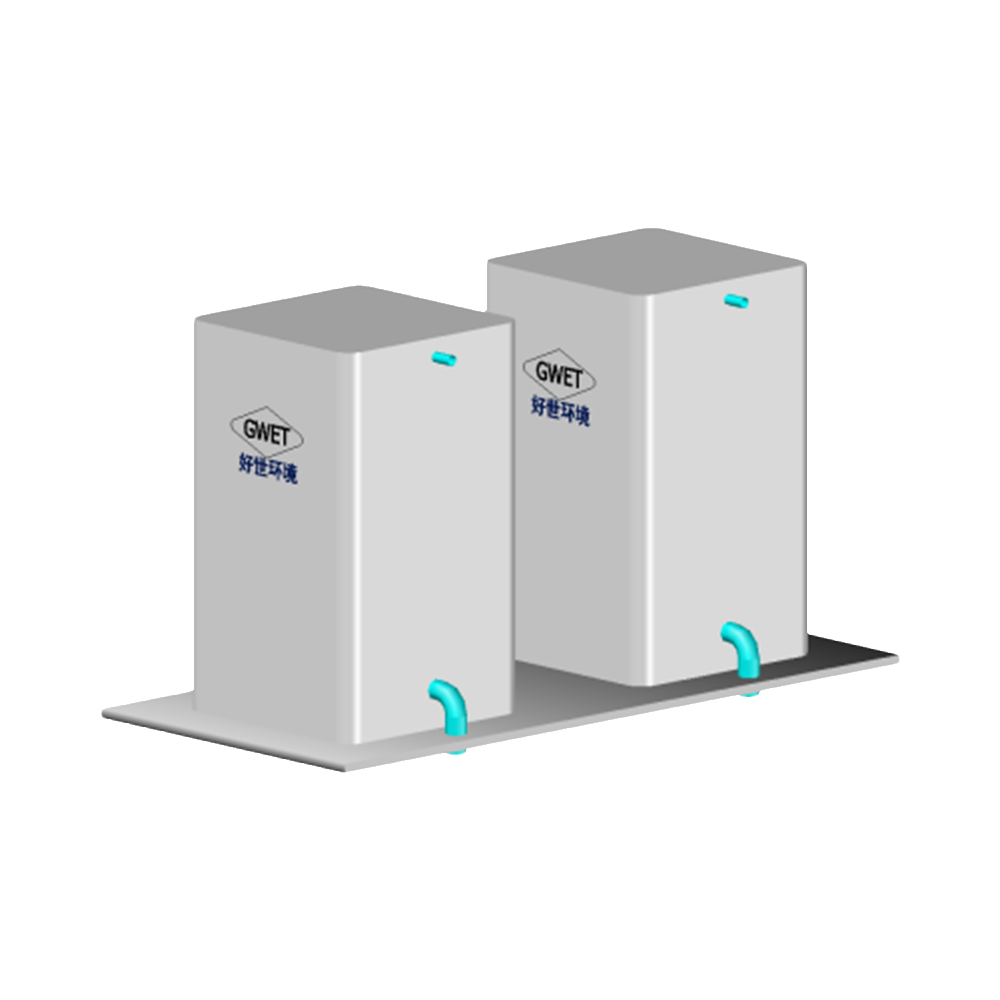2025-04-17
The world of wastewater treatment has seen significant advancements over the years, and one of the standout innovations is the GBR high-efficiency bioreactor. Unlike traditional activated sludge systems, which have been the standard in wastewater treatment for decades, the GBR system brings several advantages that can make a considerable impact on efficiency, energy use, and overall operational costs. The key difference lies in the bioreactor’s cutting-edge design, which leverages modern technology and bioengineering to enhance the breakdown of pollutants, offering a much more sustainable approach to wastewater treatment.
One of the primary factors that set the GBR high-efficiency bioreactor apart from traditional activated sludge systems is its unique biofilm carrier design. Traditional systems rely on aeration tanks that use large volumes of water to allow microorganisms to break down contaminants. However, these systems can be energy-intensive, space-consuming, and often require significant maintenance. In contrast, the GBR bioreactor utilizes a 3D biofilm carrier that boosts microbial activity and increases pollutant breakdown efficiency. This innovation allows the GBR to achieve over 30% higher treatment capacity than traditional methods, making it a more effective solution for both industrial and municipal wastewater treatment.
Beyond efficiency, the space-saving modular design of the GBR high-efficiency bioreactor presents another crucial advantage. Traditional systems often require large physical spaces to accommodate aeration tanks, clarifiers, and sludge handling equipment. The GBR bioreactor, however, integrates these functions into a compact, vertical system that takes up only a fraction of the space, making it perfect for urban or industrial locations where land availability is limited. This space-efficient design doesn’t just save room; it also facilitates easy scalability. As wastewater treatment needs increase, the system can be expanded without requiring significant changes to the infrastructure, providing long-term flexibility and growth potential.
Another area where the GBR high-efficiency bioreactor excels is its ability to reduce operational costs. Traditional activated sludge systems often face challenges related to high energy consumption and frequent maintenance. The GBR system, by contrast, reduces energy use by up to 40% through its energy-efficient aeration process and IoT-driven automation. This integration of automation not only helps minimize human intervention but also ensures that the system runs at optimal efficiency, further lowering labor costs and downtime. The use of anti-fouling materials in the GBR bioreactor also significantly reduces maintenance needs, making it a more cost-effective solution over time.

When it comes to environmental impact, the GBR bioreactor outperforms traditional systems in several key ways. Its design ensures that treated water consistently meets stringent discharge and reuse standards, significantly reducing pollutants like BOD, COD, and ammonia. This makes the GBR an ideal choice for industries or municipalities aiming to protect local ecosystems and meet environmental regulations. Additionally, the low carbon footprint of the GBR system aligns with the growing demand for sustainable solutions in wastewater treatment. By adopting GBR technology, companies can contribute to global sustainability efforts while also achieving higher treatment standards.
While traditional activated sludge systems have served their purpose over the years, the GBR high-efficiency bioreactor offers a more advanced, efficient, and cost-effective alternative. Its superior pollutant breakdown efficiency, space-saving design, reduced operational costs, and environmental benefits make it an ideal choice for modern wastewater treatment needs. By investing in GBR technology, industries and municipalities can not only meet their wastewater treatment goals but also stay ahead of the curve in terms of sustainability and efficiency.